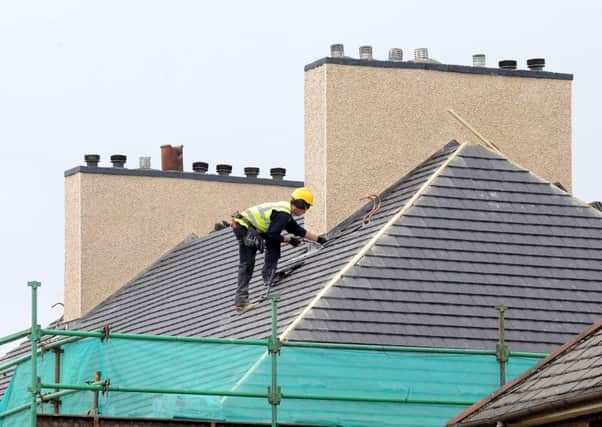Simon Phillips: Affordable housing still vital
This article contains affiliate links. We may earn a small commission on items purchased through this article, but that does not affect our editorial judgement.


New figures have revealed that the total number of Scottish homes approved over the year to end-June 2016 rose 26 per cent on the previous year, bringing total approvals to 8,067
That’s significant. However, it still leaves a major deficit, even with increased housing subsidy levels, a new Rural Housing Fund to boost the supply of affordable rural homes, and infrastructure funding. As a company, we believe that high-quality, energy-efficient, affordable homes must be at the heart of sustainable communities and that the construction industry must work closely with Holyrood and the rest of the housing sector to ensure it.
Advertisement
Hide AdAdvertisement
Hide AdIt’s not just about providing people with a place to live; it’s about building communities, handing them a platform for better security, better health, enhanced prospects, and pride in their surroundings. We stand at a crossroads, with various housing challenges, including the availability and price of land, infrastructure, access to funding, and the planning system all throwing up obstacles.
In particular, development contributions – funding payable to local authorities where a new development increases pressure on core services – can be a challenge. Furthermore, there is no consistency over varying local authority areas; contributions required by some areas are greater than others.
Yet, there is a way if the collective will is there. So what’s required to hit the big 50,000 mark in this uncertain post-Brexit environment? Strong partnerships across governments, housing associations, and local authorities, surety of purpose, and an undertaking to prioritise innovative new approaches that can be shared by all.
Reducing the inconsistency in development contributions would be a big step, removing another barrier to affordable housing. Likewise, ending the Right to Buy scheme would hand local authorities and registered social landlords the confidence to develop. Naturally, it’s also economically beneficial, with some £1.8 billion of activity being generated for the construction industry.
It’s gratifying for us when local authorities and housing associations that we work with continue to return to us – but their decision-makers’ hands are often tied.
Ambitious housing programmes need to be more ambitious still. Scotland is just not developing enough. Those 50,000 new homes simply must be built, and it’s about so much more than reducing waiting lists. For construction, it’s about creating new jobs and apprenticeships; for the environment, it’s about more eco-friendly homes; and for all, it’s about greater prosperity.
• Simon Phillips is regional managing director for the north west and Scotland at Esh Border Construction